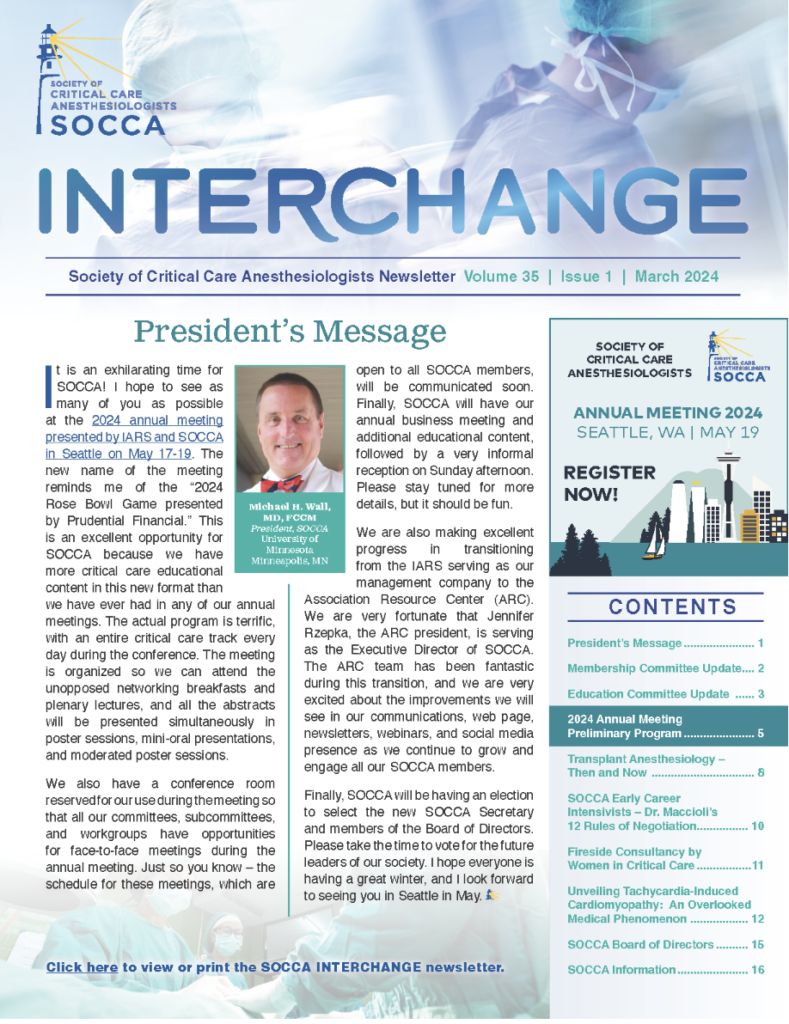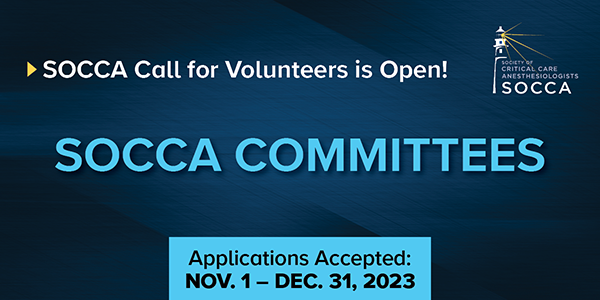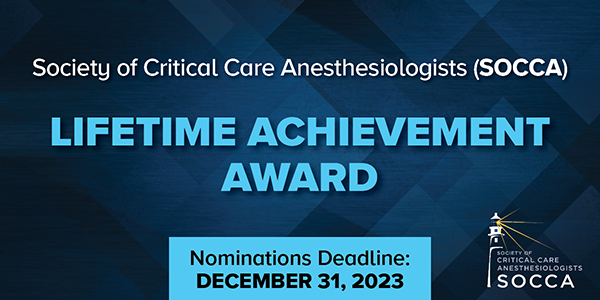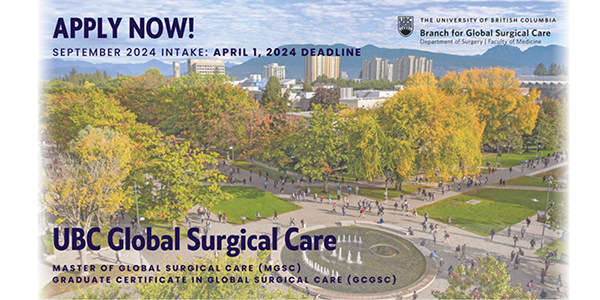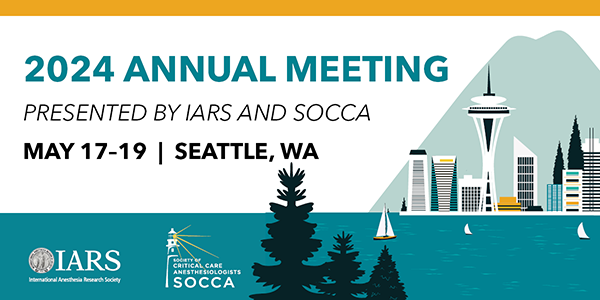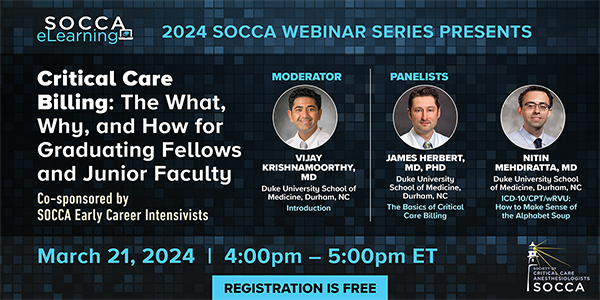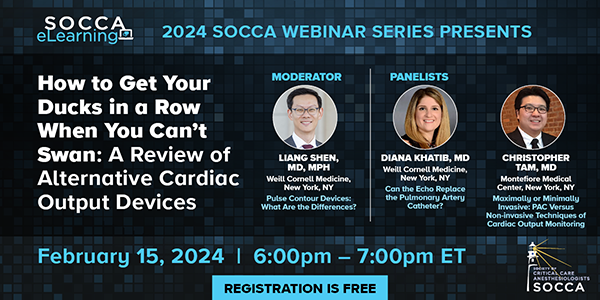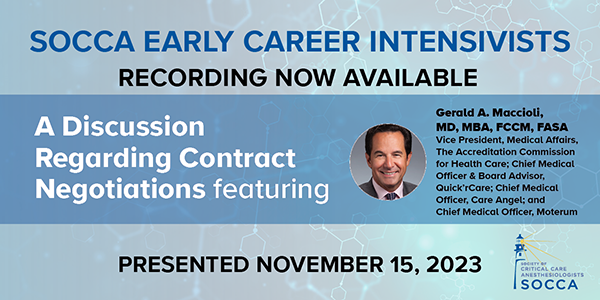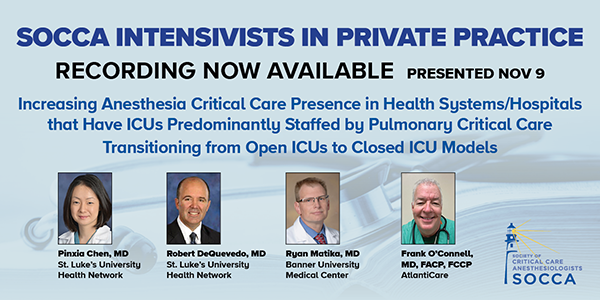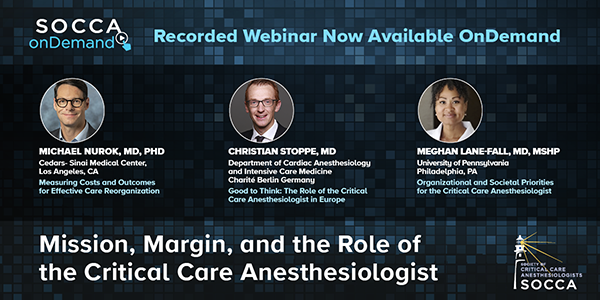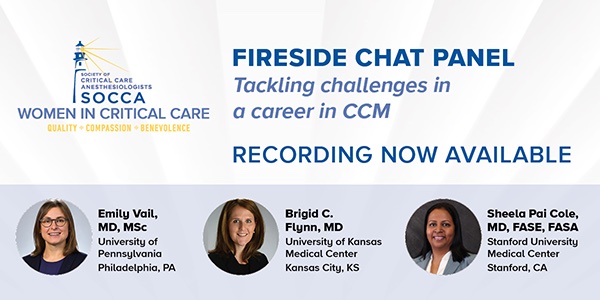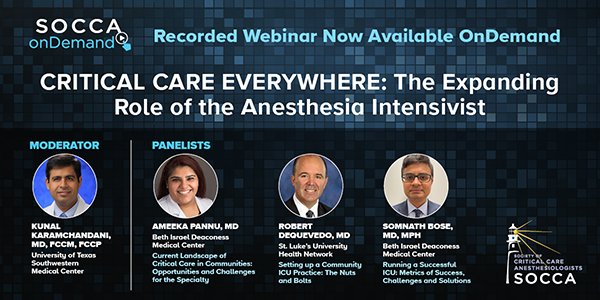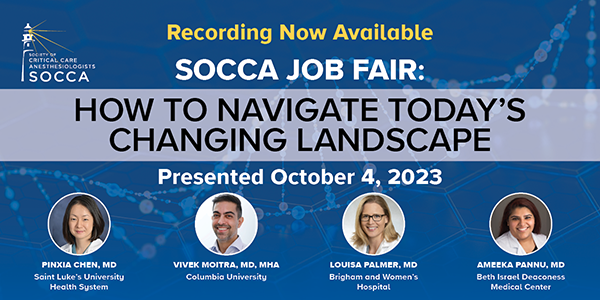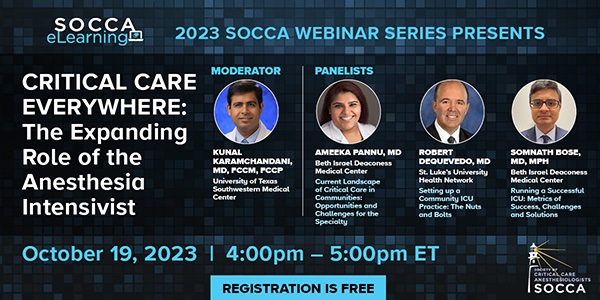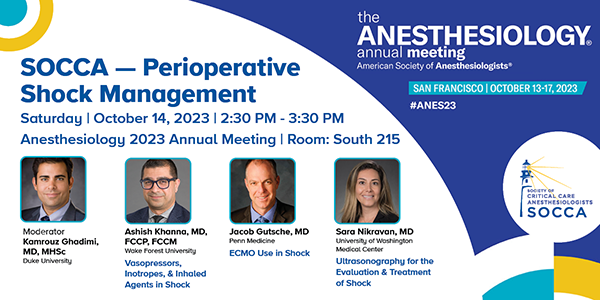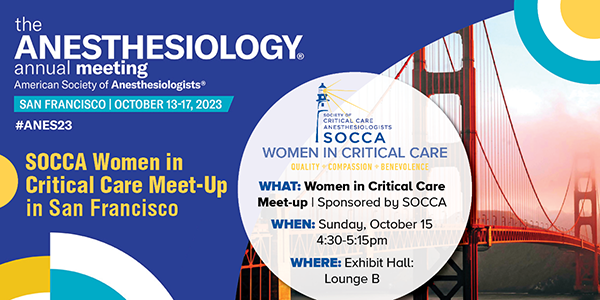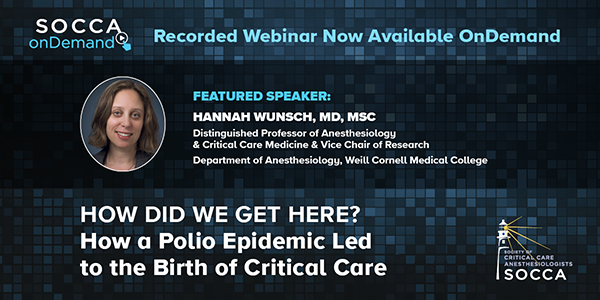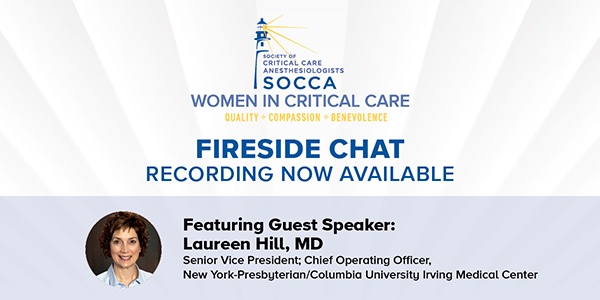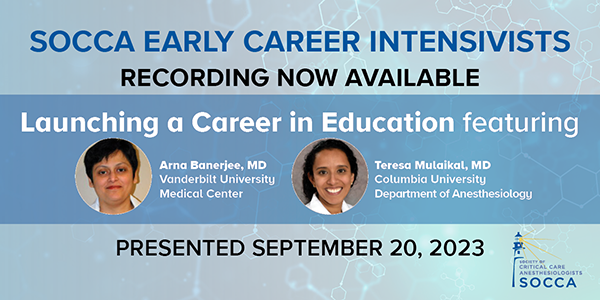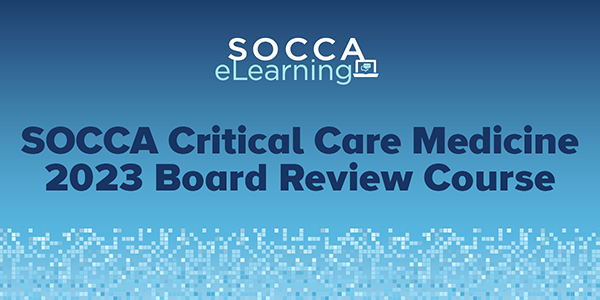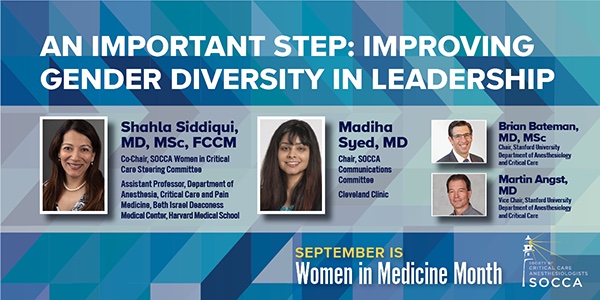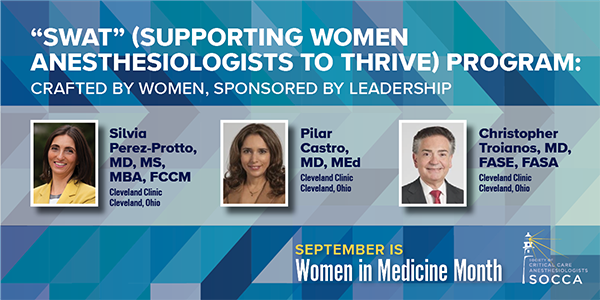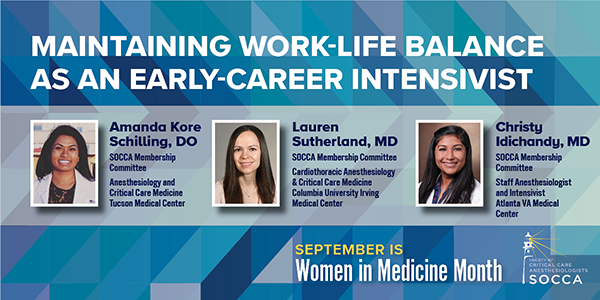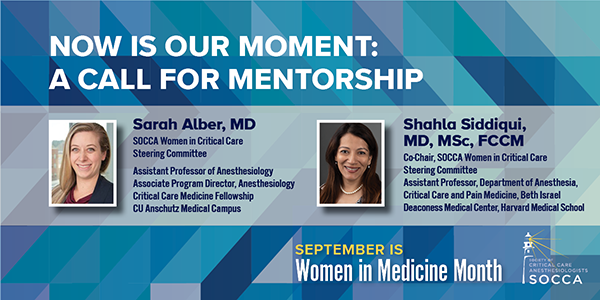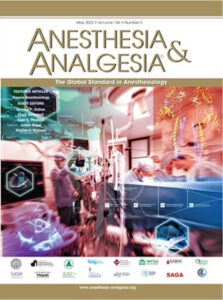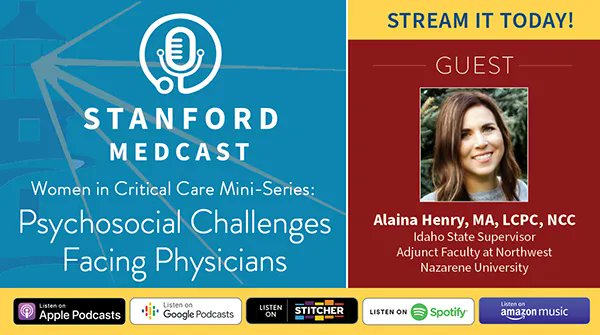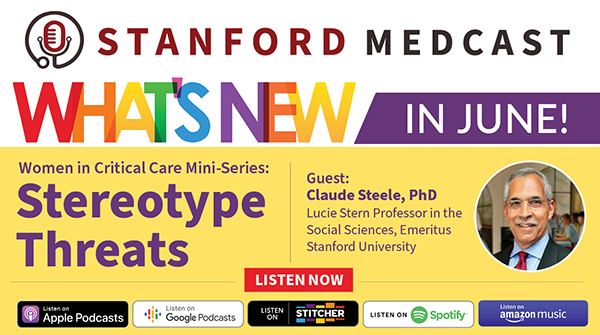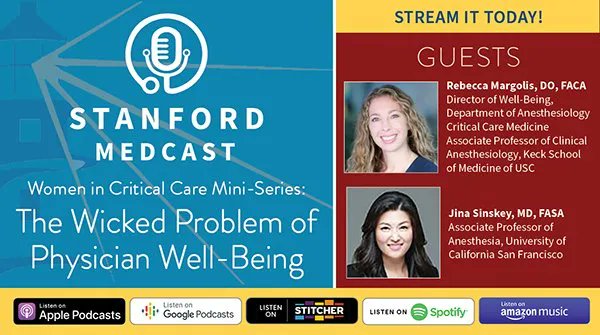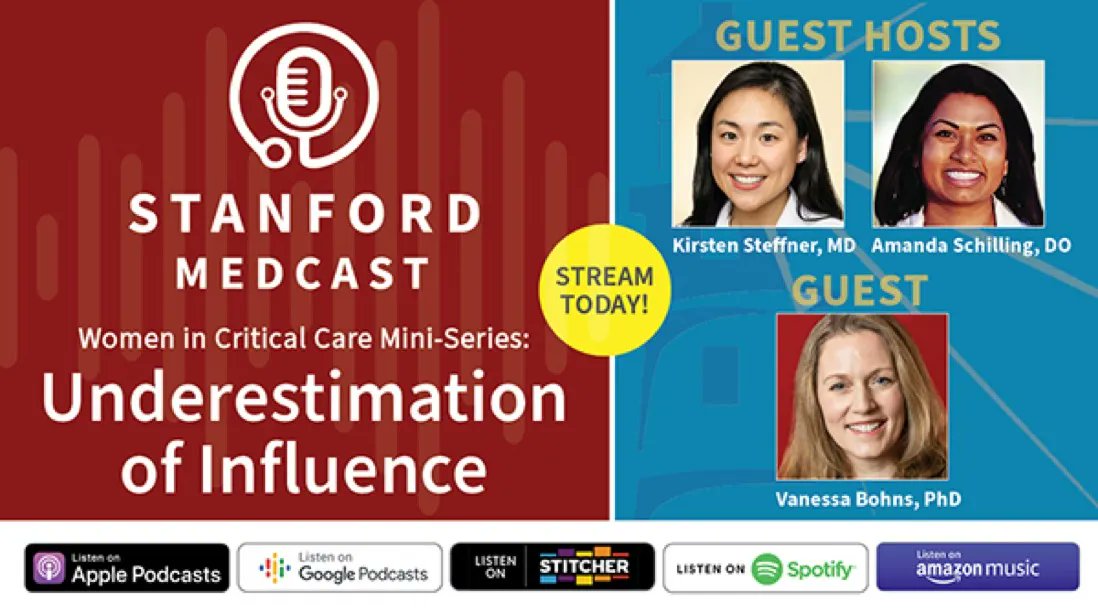by Amanda Kore Schilling, DO, Lauren Sutherland, MD, and Christy Idichandy, MD
How do you balance starting a career with having enough time for family or obligations outside work? Does having young children make it difficult to launch your career, or can you really do it all?
Continue Reading…
by Silvia Perez-Protto, MD, MS, MBA, FCCM, Pilar Castro, MD, MEd, and Christopher Troianos, MD, FASE, FASA
A diverse workforce has the potential to mitigate healthcare disparities, and improve patient satisfaction. 1 Diverse leadership offers key benefits as described by 14 members of Forbes Coaches Council in a recent publication. 2
Continue Reading…
by Shahla Siddiqui, MD, MSc, FCCM and Madiha Syed, MD
In the last 50 years, the number of women graduating as physicians has increased; these trends have been noted in the United States, Europe, and as well as low-middle-income countries1. Emerging demographic trends in Critical Care Fellow recruitment from 2004-2017 highlighted the significant increase in female fellows from 29.5% in 2004 to 38.3% in 2014, (p < 0.001)2. Although the number of women graduating as physicians is increasing, those taking up critical care medicine and rising within organizations as leaders are painfully low.
Continue Reading…
by Michael H. Wall, MD, FCCM
Colleagues,
We had a fantastic SOCCA and IARS meeting in Denver. It was great seeing so many friends and colleagues and watching our packed conference room during the meeting. Even more impressive was the membership involvement with our new committees, task forces, and workgroups. The goal of SOCCA is to continue to offer numerous areas and opportunities for our members to engage and grow our society.
Continue Reading…
by Madiha Syed, MD
I would like to start off by saying that it is a great privilege to be taking over as Chair of the Communications Committee from Dr. Brent Kidd (Immediate Past Chair and Editor); thank you to Dr. Kidd for his leadership and efforts on behalf of the Communications Committee. He oversaw the development of the two sub-committees focused on social media and SOCCA Interchange/Drip respectively and guided us with engagement with our members through the COVID-19 pandemic and beyond. It is a great honor to be the first woman editor of the SOCCA Interchange and I am excited to continue to build on the work done by the previous Chair. I have been involved with the SOCCA Communications Committee since 2021 and was Chair of the social media sub-committee in the past. As Chair I hope to continue to expand member engagement with our SOCCA Twitter account, promote the work of our members through the Interchange newsletter, and bring timely industry news to our members. I appreciate the mentorship and guidance of my colleagues in helping me develop the skills to take on this new role and look forward to any feedback on how we can serve the organization.
Continue Reading…
by Shahzad Shaefi, MD, MPH
As Chair of the Research Committee, I am thrilled and privileged to share with you the notable progress we’ve made in recent months. With the support and guidance of the Board we have grown our membership, been focused on deliverable products for our membership, and continued to increase the visibility and contribution of the committee to SOCCA and the wider community.
Continue Reading…
by George Williams, MD, FASA, FCCM, FCCP
SOCCA is growing! Thanks to the visionary leadership of our president, Dr. Michael Wall, SOCCA has now created what is known as the Clinical Practice Committee (CPC). This committee reports directly to SOCCA’s Board of Directors and has a singular function: enable our growing membership to participate as much as possible in creating the resources and programs of the future.
Continue Reading…
by Shahla Siddiqui, MD, MBBS, MSc, FCCM
by Erin Hennessey, MD, MEHP and Babar Fiza, MD
For the second year in a row, we have witnessed a decline in the number of applicants interested in anesthesiology critical care fellowships. The gap between the number of positions available and the number of rank lists submitted continues to increase, with only 0.65 applicants per position offered in the 2023 match cycle. This year an alarming 39% of positions were left unfilled post-match. These distressing statistics demand a serious reflection on the challenges we face and the necessary steps to ensure the future of our subspecialty. As we move forward after inspiring stories of anesthesiology intensivists as healthcare heroes and leaders of the COVID-19 pandemic, we must reflect on the past, current state, and future of our subspecialty. While it may be tempting to attribute the current lack of interest to a robust job market and attractive pay, perhaps an introspective approach and reflection are needed to understand other factors that contribute to our specialty’s diminishing appeal to today’s trainees?
Continue Reading…
by Madiha Syed, MD and Luai Zakaria, MD
In recent years, the critical care community has debated the benefits of vitamin C in septic shock. Vitamin C is thought to have antioxidant effects that attenuate tissue injury mediated by inflammation1. A controversial retrospective analysis to evaluate the efficacy of vitamin C demonstrated a major reduction in mortality, AKI, and vasopressor duration2. This fascinating result led to several prospective trials and meta-analyses3, 4. Most recently, a large trial showed that patients in intensive care who received vitamin C therapy had a higher risk of death or persistent organ dysfunction5. With this result, the community has explored alternative therapies to manage septic shock. Vitamin B12, hydroxocobalamin, may be the next in line for evaluation, scrutiny, and debate.
Continue Reading…
